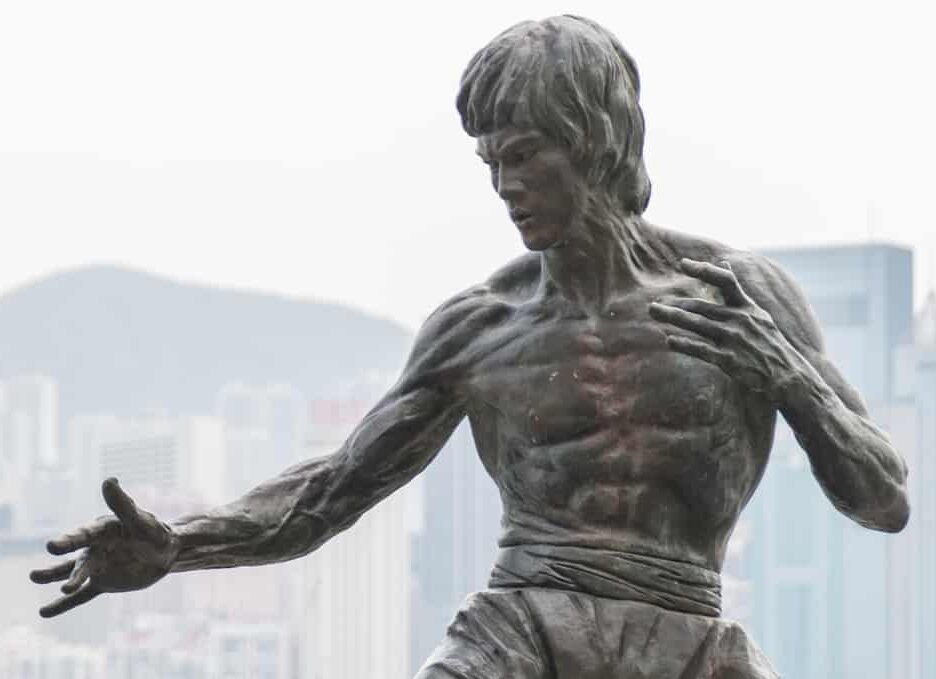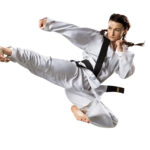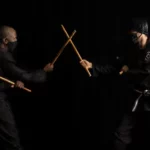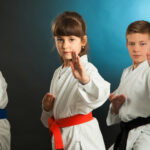“War Art” is the literal translation of a South Asian form of combat known as Huyen Langlon. This “traditional” martial art form is said to have originated from Manipur located in the northeast of India. Furthermore, this form of combat comprises of two key components i.e. armed combat known as “thang-ta” and unarmed combat known as “sarit sarak”. Apparently, Huyen Langlon closely resembles Burmese form of combat such as “Bando” and “Banshay”. In addition, many ritualistic forms of dancing in Manipur have been developed using elements belonging to Huyen Langlon.
a. History/origin of the Huyen Langlon:
According to the cultural history of Manipur, this martial art form known as “Huyen Langlon” is said to have developed and been inspired from several popular local hymns and legends. Apparently, there comprised of a number of small warring tribal clans such as Moirang, Luwang, Mangang, Khuman, Angom, Khaba-Nganba and Sarang Leishangthem who constantly fought among each other in Manipur. However, these tribal communities were finally “unified” into a single community known as “Meitei”. It was thus from within this homogenous community that a martial art form known as Huyen Langlon was first developed.
b. Weapon used in the Huyen Langlon:
The main weapons used in this form of martial art are the thang i.e. sword and ta i.e. spear.
c. Technique involved in the Huyen Langlon and training availability:
In terms of technique, a fighter in the “unarmed” form of combat uses moves such as hand strikes, kicks, and grappling technique. On the other hand in the “armed” combat there are two techniques that are involved, and they are as follows:
- Sword technique: The fighter holds a sword in the hand and stretches one leg forward while other leg is stretched backward. In addition, the feet position of the fighter during a duel forms 45 degree angle.
- Spear technique: Essentially involves the fighter using more of his lower body. Furthermore, it requires the fighter to open out of the body to simulate the area covering the sky (which is called nongphan), and area covering the ground (which is called leiphal). In addition, the use of spear is considered to be more difficult than the use of sword.
As for training schools/centers, there are a number available in India for those interested in learning this “traditional” Northeast Indian martial art form.
image credit ')}






